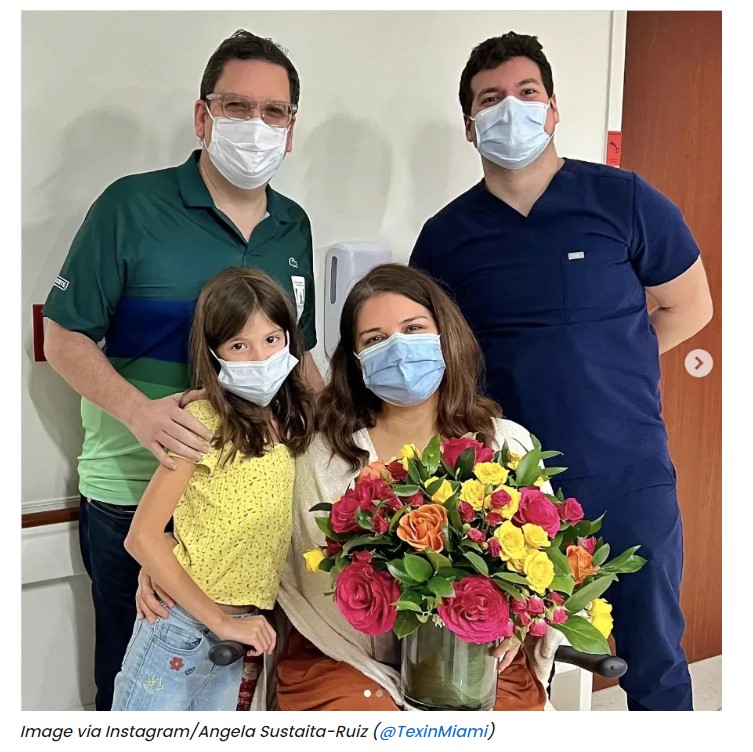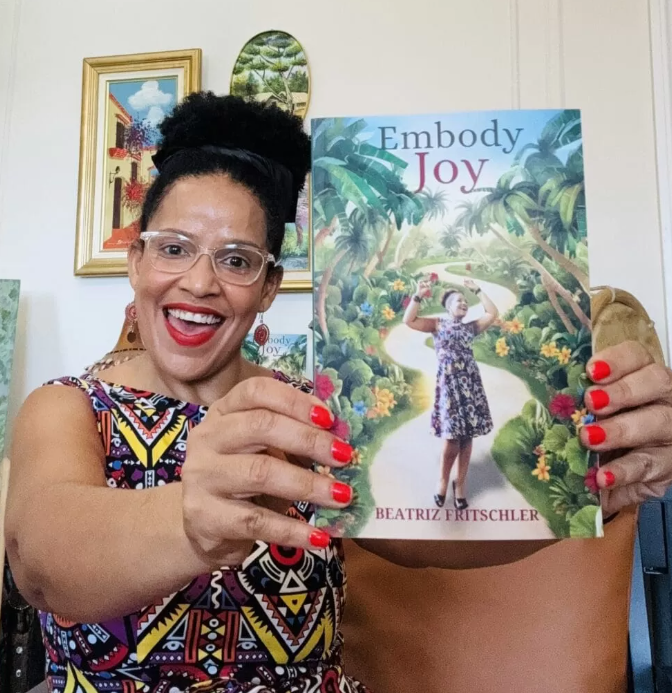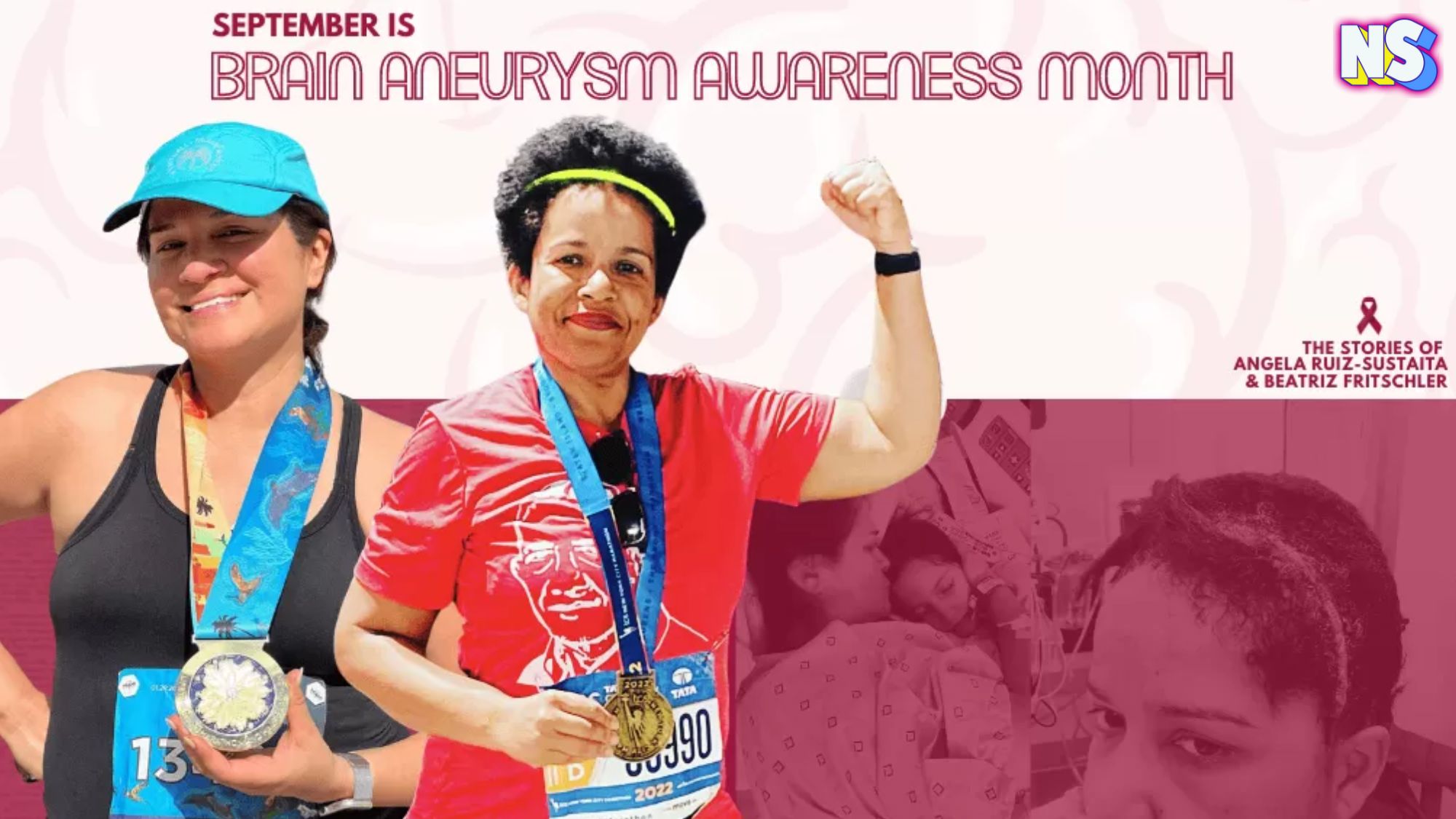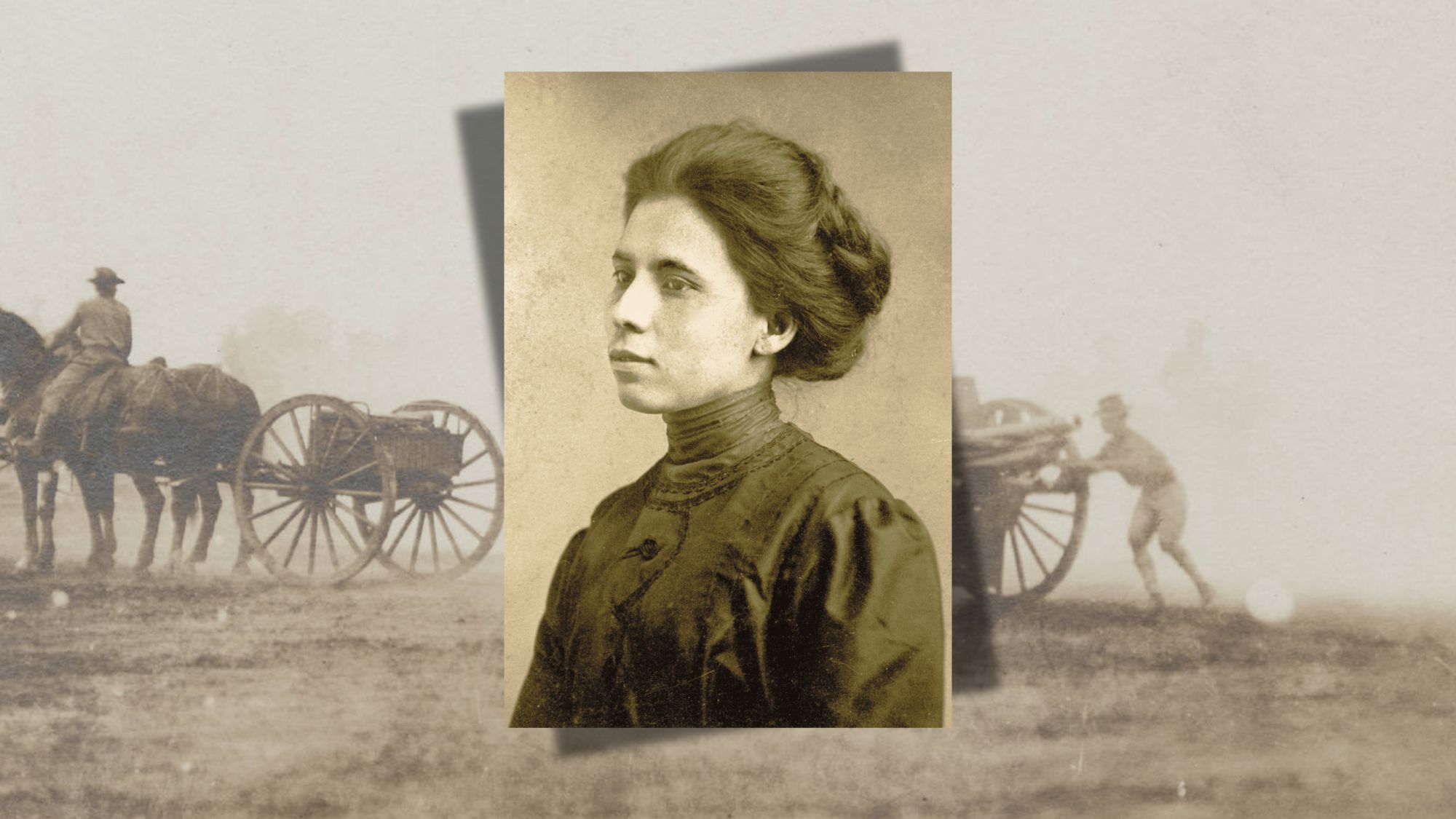Beatriz Fritschler was 41 when her life changed in an instant. What began as “a typical day,” soon spiraled into a nightmare. It all started with what she describes as “an explosion” in her head. Soon after, she was fighting for her life. Like millions before her, Fritschler was experiencing a life-threatening brain aneurysm.
Fighting for Her Life
With no history of severe headaches and little knowledge of the condition, Fritschler tried to manage the pain on her own. "I took pain pills and tried to sleep, but instead spent the whole night staring at the ceiling and throwing up in a bucket," the now 48-year-old Dominican health advocate and marathoner recalls.
It wasn’t until the next day that she realized how serious her situation was. After calling her boss, who had lost her mother to a ruptured brain aneurysm, Fritschler was urged to go to the hospital immediately. That call saved her life.
Many people, like Fritschler, are unaware of their condition until it's almost too late. Brain Aneurysm Awareness Month aims to change that.
What is a Brain Aneurysm?
What makes brain aneurysms particularly dangerous is that they often present no symptoms. Every September, Brain Aneurysm Awareness Month focuses on educating the public about these risks and the importance of early detection. With approximately 3.2% of the global population at risk, preventive measures and understanding the condition are critical, especially for higher-risk groups like Latinos.
But what exactly is a brain aneurysm? In simple terms, it is a weak spot on an artery in the brain that balloons out and fills with blood. This can put dangerous pressure on surrounding nerves or brain tissue. If it ruptures, it can cause life-threatening bleeding, leading to severe complications or death.
However, like Fritschler, many people have no idea they have an aneurysm until it suddenly ruptures.
'My Life Was in Danger’
Angela Sustaita-Ruiz, 53, an entrepreneur and mother of two from Miami, had a similar experience. What began as a typical workday filled with Zoom meetings in 2022 quickly turned into a life-threatening situation.
“I suddenly experienced the worst headache of my life and knew something was wrong,” she recalls. “The pain was sudden and severe, moving from the back of my head to my forehead, followed by neck stiffness and nausea.”
With her family’s help, she immediately went to the hospital. Within 20 minutes, she was receiving care. “It was the most terrifying moment of my life. I was overwhelmed by the uncertainty and the realization that my life was in danger,” Sustaita-Ruiz says, two years later.
“I know I’m profoundly blessed to have survived without permanent neurological damage,” she adds.
Sustaita-Ruiz is right. About 50% of aneurysm cases are fatal, and they disproportionately affect Hispanic men and women.
The Impact on Hispanic Men and Women
“Brain aneurysms are estimated to be 25 percent more common in the Latino community with approximately twice the risk of rupture,” Dr. Robert Wicks, M.D., Co-Director of Cerebrovascular Surgery of the Baptist Health Miami Neuroscience Institute.
Several factors contribute to this heightened risk for Latinos, particularly Latinas over 55.
“One of the most common risk factors for aneurysm progression is uncontrolled hypertension. Studies have shown that Hispanic Americans may be more likely to have undiagnosed, untreated, or uncontrolled hypertension,” Dr. Wicks says. “Hypertension is high blood pressure. It’s defined as a condition where the pressure in your blood vessels is consistently too high.”
Dr. Wicks also notes that genetics can play a role, especially in patients with conditions like polycystic kidney disease or connective tissue disorders, such as Ehlers Danlos syndrome.
Hope and Awareness
“The majority of aneurysms occur spontaneously but are treatable,” Dr. Wicks adds.
With increased awareness, more Latinos can take proactive steps to monitor their health, manage hypertension, and reduce their risk before a brain aneurysm becomes life-threatening.
Raising Awareness
Today, Fritschler and Sustaita-Ruiz are passionate advocates, raising awareness about brain aneurysms in the Latino community. In her memoir Embody Joy, Fritschler aims to help others understand the dangers of this little-known health threat.
"My book speaks to the heart of Latinos, narrating my upbringing in the Dominican Republic and my experiences as an immigrant in the U.S. I hope readers see themselves in my stories and learn the importance of caring for their health before a crisis strikes," she says.
Meanwhile, Sustaita-Ruiz actively shares her experience through interviews and public speaking, leveraging her media platforms to raise awareness. She emphasizes the importance of recognizing symptoms and seeking immediate medical attention. Her advocacy highlights the disproportionate impact of brain aneurysms on Latinos, who are twice as likely to experience ruptures compared to other groups. By discussing her journey and recovery, Angela aims to inspire others to take symptoms seriously, seek help, and increase awareness within the Hispanic community.
Advocacy Groups and Resources
There are many groups that offer support for people impacted by brain aneurysms, including:





